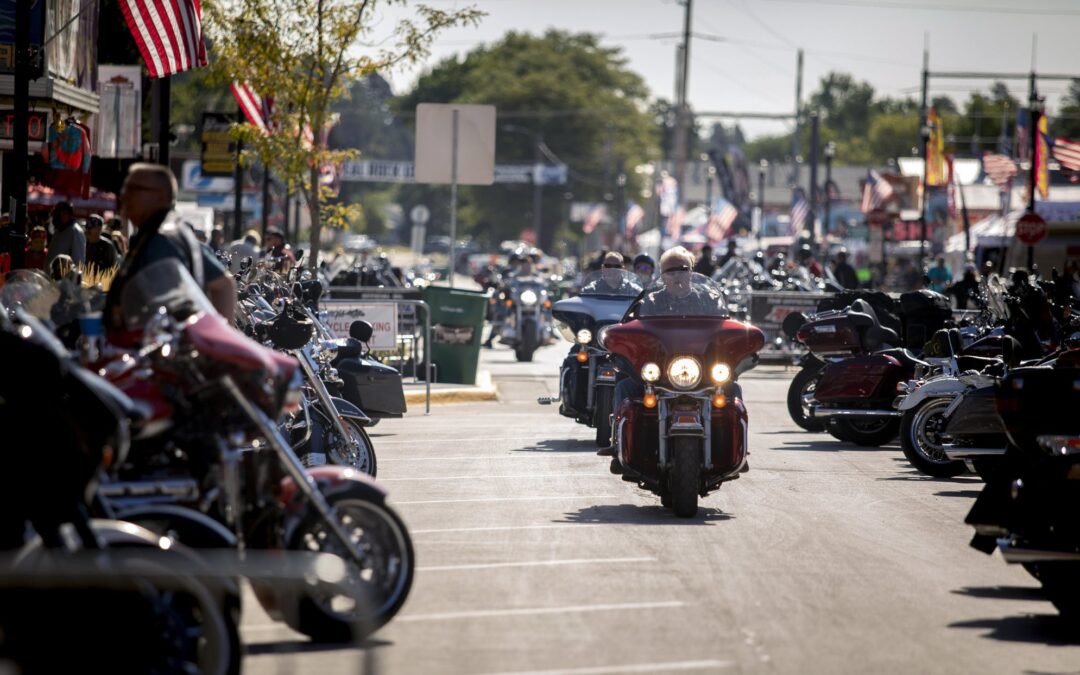Epidemiologists believe that figure is a significant undercount, due to the resistance of some rallygoers to testing and the limited contact tracing in some states. As a result, the true scope of infections stemming from the rally that ran from Aug. 7 to Aug. 16 is unlikely to ever be known. Public health officials had long expressed concern over the decision to move forward with the annual event, believed to be the largest held anywhere in the U.S. since the pandemic shelved most large-scale gatherings.
Now, just over two weeks after the conclusion of the rally, the Midwest and the Dakotas in particular are seeing a spike in coronavirus cases even as infections decline or plateau in the rest of the country. South Dakota’s seven-day averages for new cases stood at 347 on Sept. 2 compared to 107 two weeks earlier and its total caseload was 14,003, up from 10,566, according to The Post’s tracking. In North Dakota, the seven-day averages for new cases was 257, up from 142 two weeks earlier and its total caseload was 12,267, compared to 8,968.
The rally is not solely to blame; besides the fallout from the Sturgis Rally, Ehresmann and other health officials attribute much of the increase in the Midwest to people not following public health guidelines, not wearing masks and attending social gatherings such as weddings and funerals.
But Sturgis was unique in drawing people from across the nation to one small Main Street, where they crowded into bars, restaurants, tattoo shops and other businesses, many without masks. An analysis of anonymized cellphone data, conducted by a firm called Camber Systems, found that 61 percent of all U.S. counties had been visited by a rallygoer.
Unlike the Black Lives Matter protests in late May and early June that took place outdoors, the Sturgis gathering was attended by hundreds of thousands of people who “spent hours and hours in bars, tattoo parlors, casinos and other entertainment venues where much of the transmission occurred,” said Michael Osterholm, director of the University of Minnesota’s Center for Infectious Disease Research and Policy.
South Dakota health officials put public health alerts about three potential covid-19 exposures that occurred inside businesses while the event was underway, after learning that individuals who had tested positive for the virus had been present at bars and a tattoo parlor while infectious.
Article Retrieved from the Washington Post.



